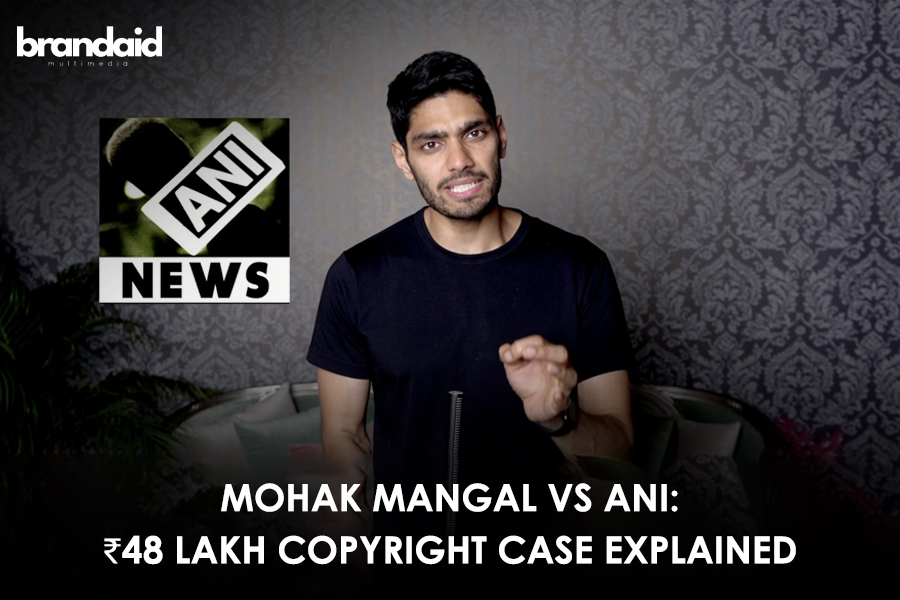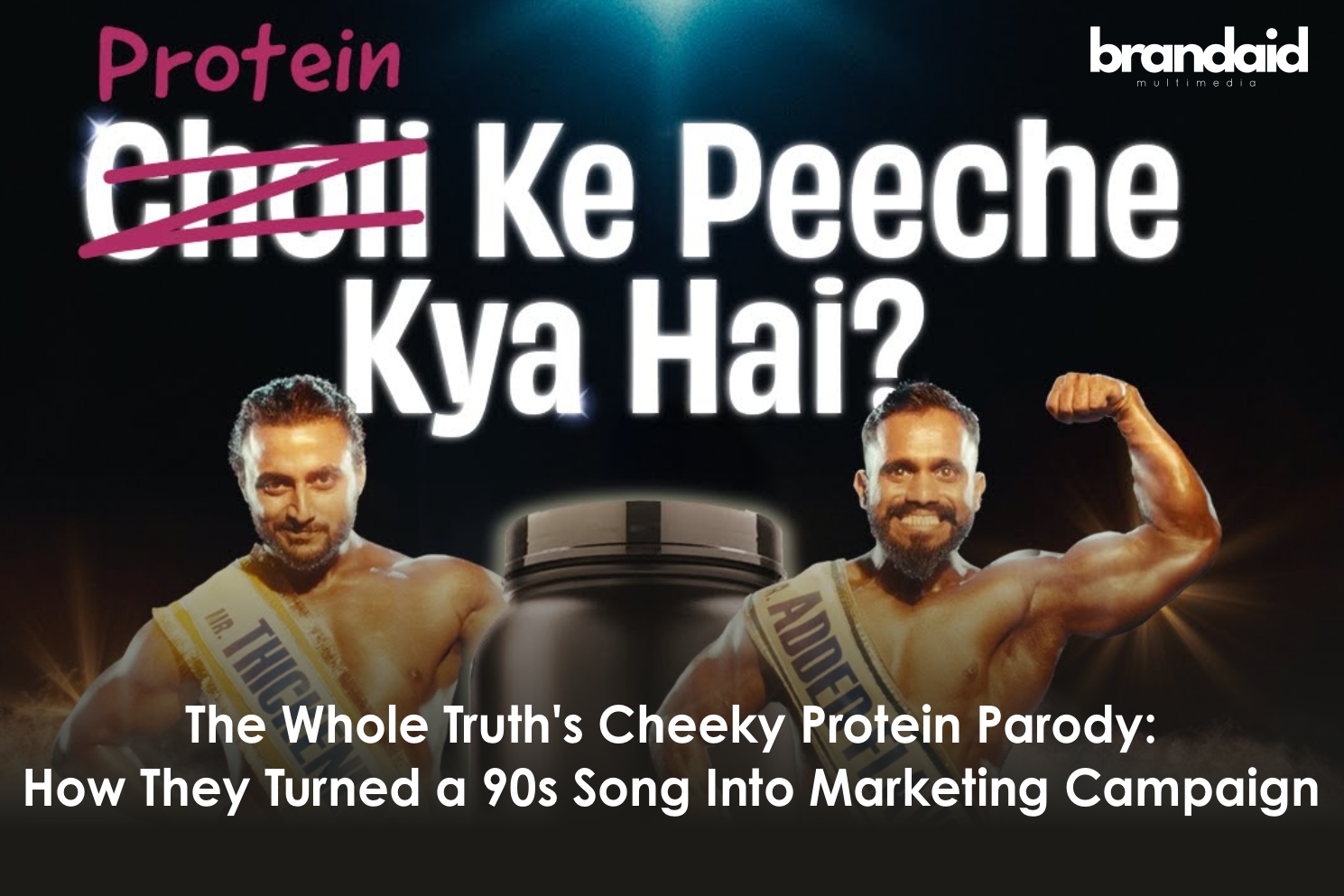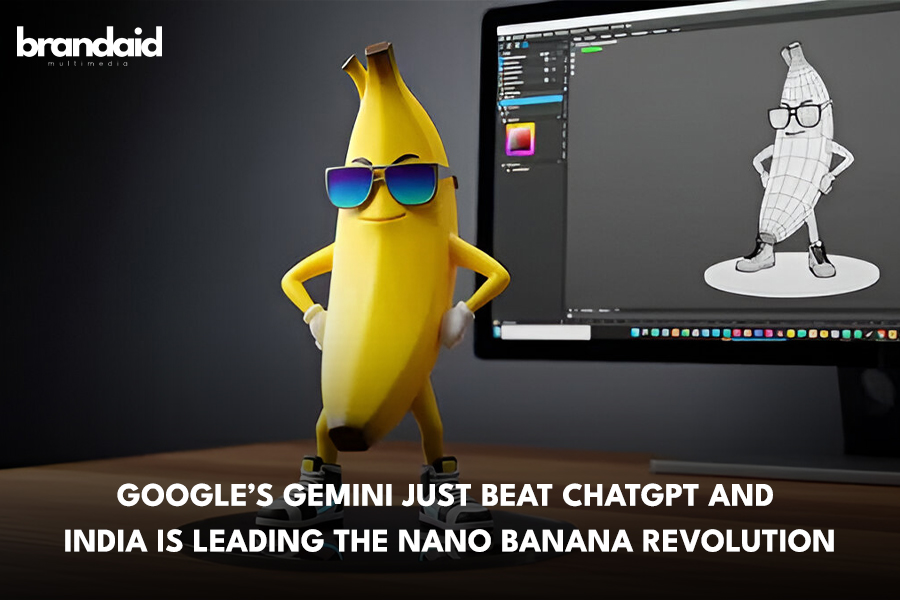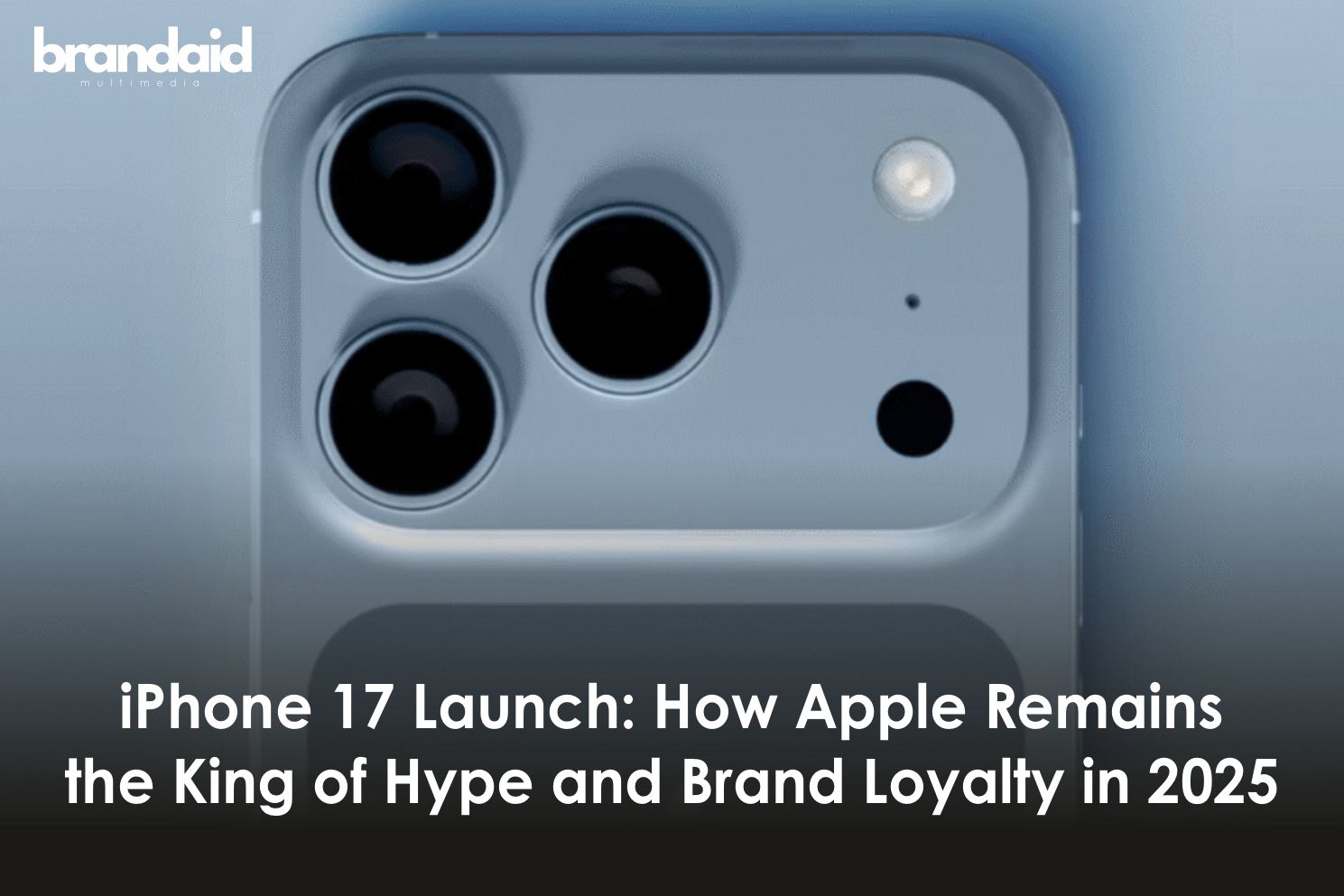Popular YouTuber Mohak Mangal says a major news agency demanded ₹48 lakh after he used 9 seconds of their footage. The case has sparked debate about copyright laws and creator rights in India.
The Dispute Between Mohak and ANI
YouTuber Mohak Mangal made a video. He used 9 seconds of news footage from Asian News International (ANI). ANI is one of India’s biggest news agencies.
According to Mohak, ANI filed a copyright strike against his channel. He claims they then demanded ₹48 lakh plus GST to withdraw the strike.
The numbers: That works out to ₹5.33 lakh per second of footage used.
Mohak has made these claims public. ANI has not responded to requests for comment on the specific amount.
Here’s the video posted by the YouTuber- Mohak Mangal:
What Both Sides Say
Mohak’s claims:
- ANI demanded ₹48 lakh for 9 seconds of footage
- The amount seems excessive for such short usage
- This affects his ability to create content about current events
ANI’s position:
- They have not publicly detailed their side of the dispute
- As a news agency, they own rights to their footage
- Copyright holders can set licensing terms
The Broader Discussion
This case has started conversations about several issues:
Copyright in India:
- India’s Copyright Act of 1957 has unclear “fair use” rules
- Short clips for commentary may qualify as fair use
- The law doesn’t clearly define what’s allowed
Creator concerns:
- Many YouTubers say they face similar copyright claims
- Some report receiving high settlement demands
- Creators worry about using any news footage
Industry perspective:
- News agencies invest resources in gathering footage
- They argue they deserve compensation for their content
- Licensing fees help fund journalism operations
YouTube’s Role
YouTube’s copyright system works like this:
- Copyright owners can file claims instantly
- Videos get removed or monetization stops
- Creators can appeal the decision
- Appeals can take weeks to resolve
This system aims to protect copyright holders. Critics say it can be misused against creators.
Expert Views
Media experts have different opinions:
Some say news agencies have legitimate rights to their content. Others argue that short clips for commentary should be allowed.
Legal experts note that India’s fair use laws are less clear than in other countries.
What This Means for Creators
The case raises questions for content creators:
- How much news footage can they safely use?
- What counts as fair use in India?
- How should they handle copyright claims?
Many creators are now more careful about using any news footage.
The Legal Landscape
Current situation:
- Fair use rules in India are not clearly defined
- Copyright holders have broad rights to their content
- Creators have limited protection for commentary use
Possible changes:
- Some suggest clearer fair use guidelines
- Others want better dispute resolution systems
- Platform policies may need updates
Impact on Information
When creators avoid using news footage, it can affect:
- Independent commentary on current events
- Educational content about news topics
- Diverse perspectives on important issues
This creates tension between copyright protection and information access.
Moving Forward
The Mohak-ANI case highlights bigger questions:
- How should copyright law balance creator and owner rights?
- What’s fair compensation for short news clips?
- How can disputes be resolved without hurting creators?
Industry Response
The creator community is watching this case closely. Some have expressed support for Mohak. Others are reviewing their own content practices.
News agencies maintain they need to protect their intellectual property investments.
What’s Next In This Case
The dispute continues. Both sides may need to find middle ground.
Possible outcomes include:
- Legal precedent on fair use in India
- New licensing models for news footage
- Platform policy changes
- Clearer copyright guidelines
Key Questions
This case raises important questions:
- What’s reasonable compensation for 9 seconds of footage?
- How clear are India’s fair use laws?
- Can creators and news agencies find common ground?
The answers may shape how content creation works in India.
The Bigger Picture
This isn’t just about one YouTuber and one news agency. It’s about:
- How copyright law works in the digital age
- The balance between creator rights and content ownership
- The future of independent commentary in India
The resolution of this case may influence how similar disputes are handled.
Bottom Line
The Mohak-ANI dispute shows the challenges creators face with copyright law. It also highlights the need for clearer rules about using news footage.
Both creators and news agencies have valid concerns. Finding solutions that work for everyone won’t be easy.
The case continues to develop. Its outcome may affect thousands of content creators across India.





